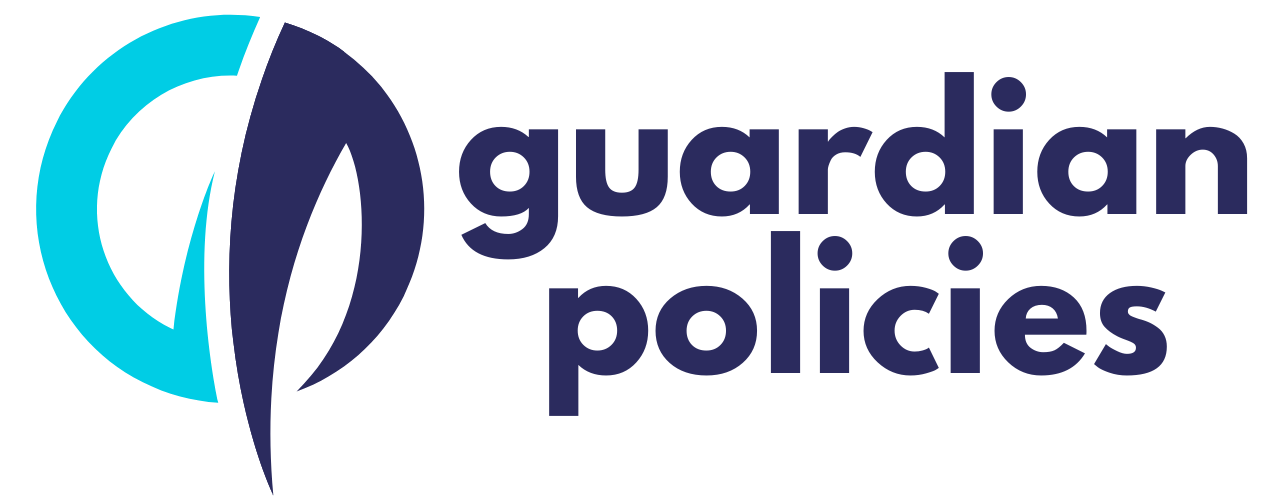
Why You Need Disability Insurance and How to Choose a Policy
Disability insurance is an often overlooked but crucial component of a comprehensive financial plan. It provides income protection in the event you are unable to work due to illness or injury. With the potential to safeguard your financial well-being, understanding why you need disability insurance and how to choose the right policy is essential for long-term financial security.
The Importance of Disability Insurance
-
Income Protection
-
Coverage for Unforeseen Circumstances
-
Protection Against Financial Hardship
-
Employer-Provided Insurance May Be Insufficient
Types of Disability Insurance
There are two main types of disability insurance: short-term and long-term disability insurance. Each serves a specific purpose and offers different levels of coverage.-
Short-Term Disability Insurance
- Coverage Duration: Typically provides coverage for a period of three to six months, depending on the policy.
- Waiting Period: There is usually a waiting period (or elimination period) before benefits begin, ranging from a few days to a few weeks.
- Benefit Amount: Generally replaces 60% to 70% of your gross income.
- Purpose: Ideal for covering short-term disabilities, such as recovery from surgery, minor injuries, or temporary illnesses.
-
Long-Term Disability Insurance
- Coverage Duration: Covers disabilities that last for several years or until retirement age, depending on the policy.
- Waiting Period: Typically has a longer waiting period, often 90 days or more, before benefits begin.
- Benefit Amount: Usually replaces 50% to 60% of your pre-disability income.
- Purpose: Essential for protecting against long-term or permanent disabilities that could prevent you from working for an extended period.
How to Choose the Right Disability Insurance Policy
Selecting the right disability insurance policy involves considering several factors to ensure adequate coverage and affordability. Here are key aspects to consider:-
Determine Your Coverage Needs
- Income Replacement: Calculate how much of your income you need to replace to maintain your standard of living. Consider your monthly expenses, debts, and financial goals.
- Existing Coverage: Evaluate any existing disability insurance, such as employer-provided coverage, and identify any gaps.
- Occupation and Risks: Consider your occupation and any specific risks associated with it. Some jobs may carry higher disability risks, affecting coverage options and costs.
-
Choose the Appropriate Policy Type
- Own Occupation vs. Any Occupation: "Own occupation" policies provide benefits if you cannot work in your specific occupation, even if you can work in another job. "Any occupation" policies only pay if you cannot work in any job for which you are reasonably qualified. Own occupation policies offer more comprehensive protection.
- Benefit Period: Decide how long you want benefits to be paid. A longer benefit period provides more extended protection but may increase premiums.
- Elimination Period: Choose an elimination period (waiting period before benefits begin) that balances affordability and adequate coverage.
-
Understand Policy Features and Riders
- Non-Cancelable: Ensures that your policy cannot be canceled by the insurer as long as premiums are paid.
- Guaranteed Renewable: Guarantees that the policy can be renewed without changes to coverage terms, though premiums may increase.
- Cost-of-Living Adjustment (COLA): This rider adjusts your benefits for inflation, helping maintain purchasing power over time.
- Residual or Partial Disability: Provides benefits if you can work part-time or at a reduced capacity due to a disability, compensating for lost income.
-
Compare Policies and Providers
- Research Insurers: Look for reputable insurance companies with strong financial ratings and good customer service.
- Get Multiple Quotes: Compare quotes from different insurers to find the best coverage at a competitive price.
- Consult an Insurance Advisor: An experienced insurance advisor can help you understand complex policy details and choose a plan that fits your needs.
-
Review and Update Your Policy
Conclusion
Disability insurance is a vital safeguard for your financial well-being, offering protection against the unexpected loss of income due to illness or injury. By understanding the types of disability insurance, assessing your coverage needs, and carefully selecting a policy, you can secure peace of mind and financial stability. Remember, the best time to get disability insurance is when you're healthy and working, as it ensures you have the coverage you need when you need it most.All Categories
Recent Posts
guardianpolicies0 Comments
Preparing for Retirement Essential Financial Steps to Take in Your 40s and 50s
guardianpolicies0 Comments
The Impact of Credit Scores on Insurance Premiums What You Need to Know
guardianpolicies0 Comments




